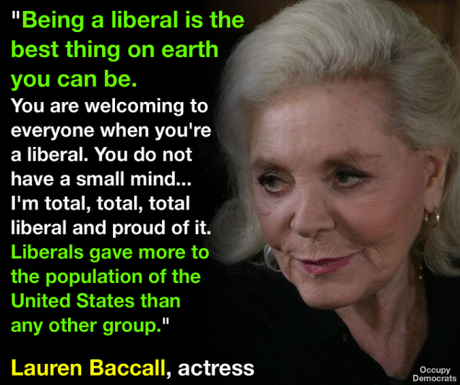And yet they consistently vote for democrats.

This should come as a shock to no one: Nearly a third of Californians (approximately 12 million) live in 77 “economically challenged” cities – that’s equal to the entire population of the state of Ohio — and a quarter of all challenged cities in the country are in California. “Economically challenged” cities have high levels of poverty, and low levels of income and employment. They are defined as those with unemployment rates of 9 percent or above, and/or with more than 20 percent of adults living in poverty.
And if that isn’t bad enough, the report from the National Resource Network says California’s distressed cities are more than a quarter of the 297 U.S. cities over 40,000 population that fall into that category. Nationally, about 30 percent of cities are classified as economically challenged, but in California it is 40 percent.
The five most populous California cities singled out in the report are Los Angeles, Oakland, Sacramento, Long Beach and Riverside. The 72 others are mostly in inland regions, with the small smallest being Coachella, near Palm Springs, home to low-wage farm and resort workers.
Three of the cities on the list – San Bernardino, Stockton and Vallejo – have declared bankruptcy in recent years.
No surprise here. Liberals in charge there don’t understand math. California, and local governments, are broke.
Public pensions are broke: Even as California taxpayers pay more for the pensions, it’s still not enough to cover costs.
And spending money you don’t have is apparently not an issue in California. Half of California’s illegal aliens– about 1.4 million — have incomes low enough to qualify for full Medi-Cal benefits should California legislative proposals to offer coverage to the undocumented ever be enacted.
And the Census Bureau reported in September that California’s official poverty rate for 2014 was 16.3 percent, somewhat higher than the national rate of 14.7 percent.

DCG

